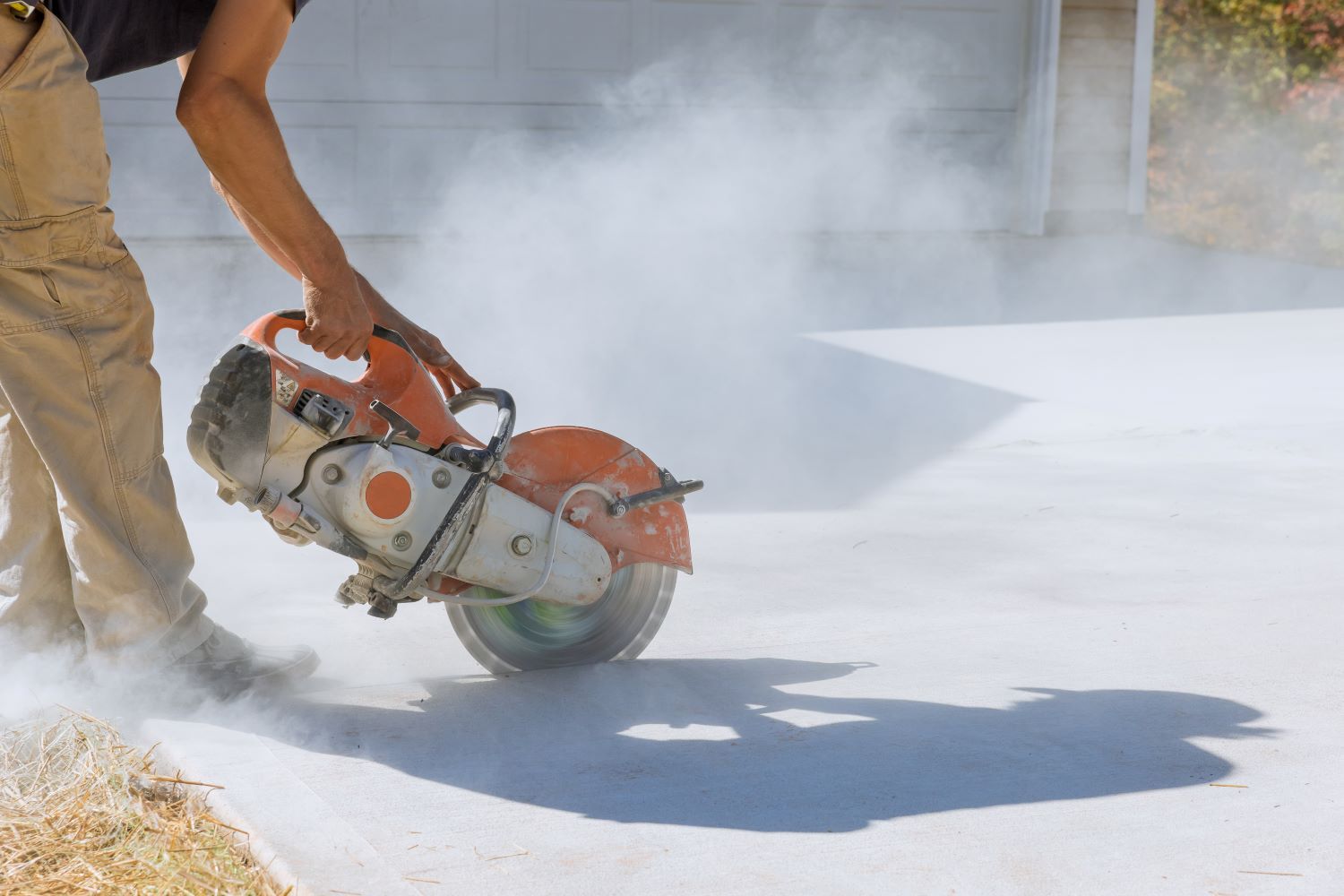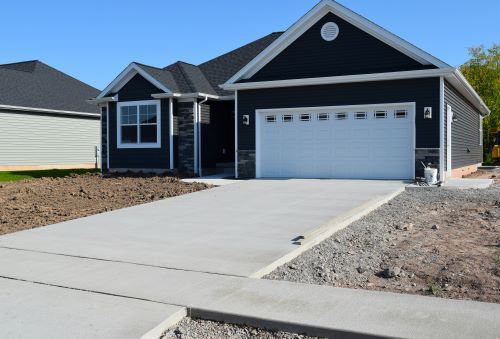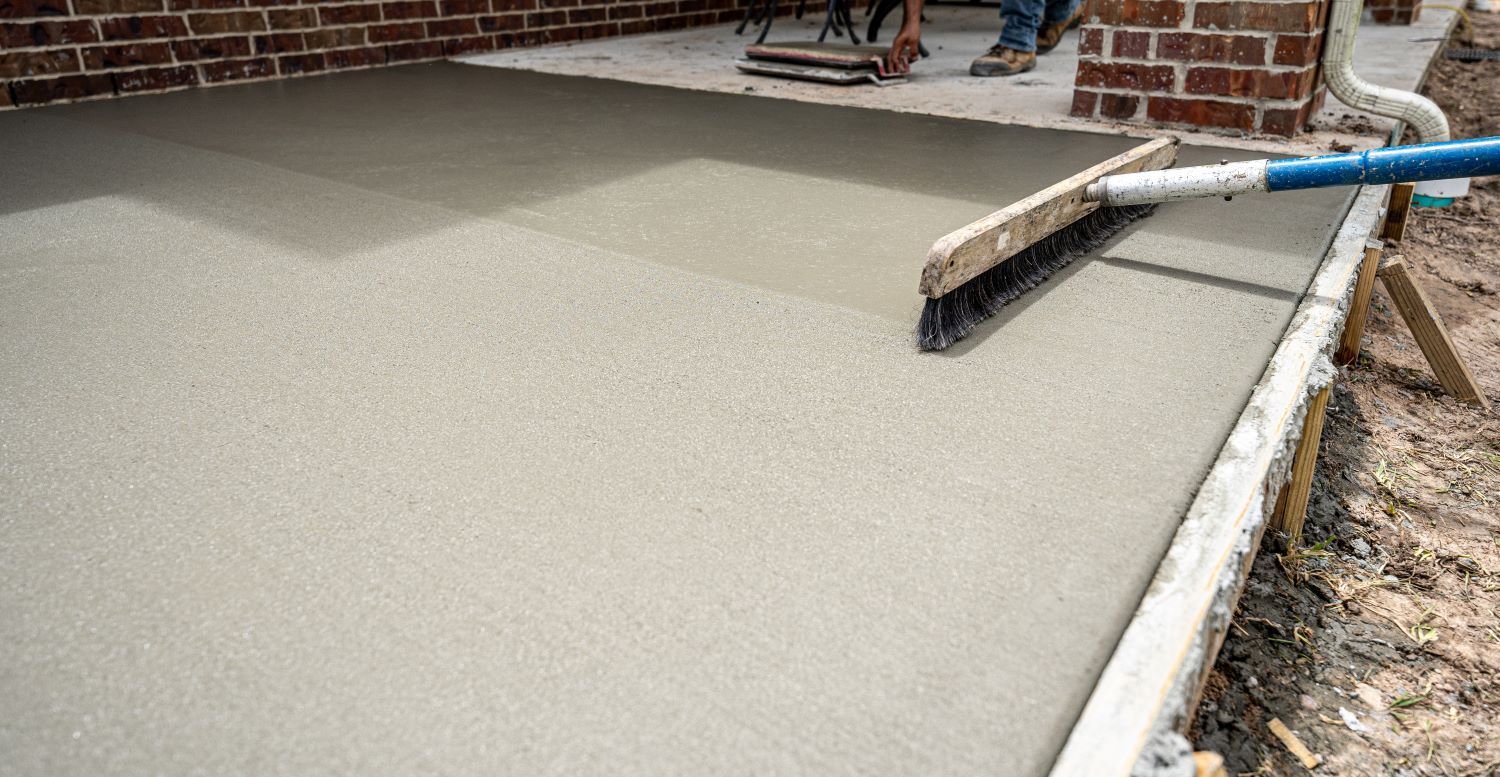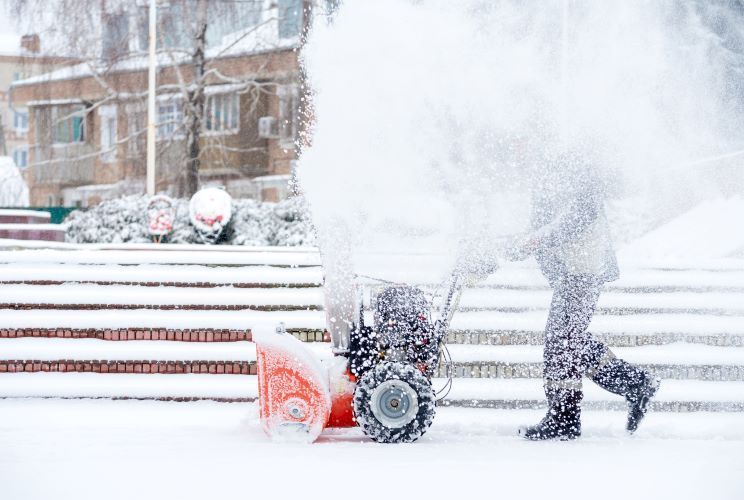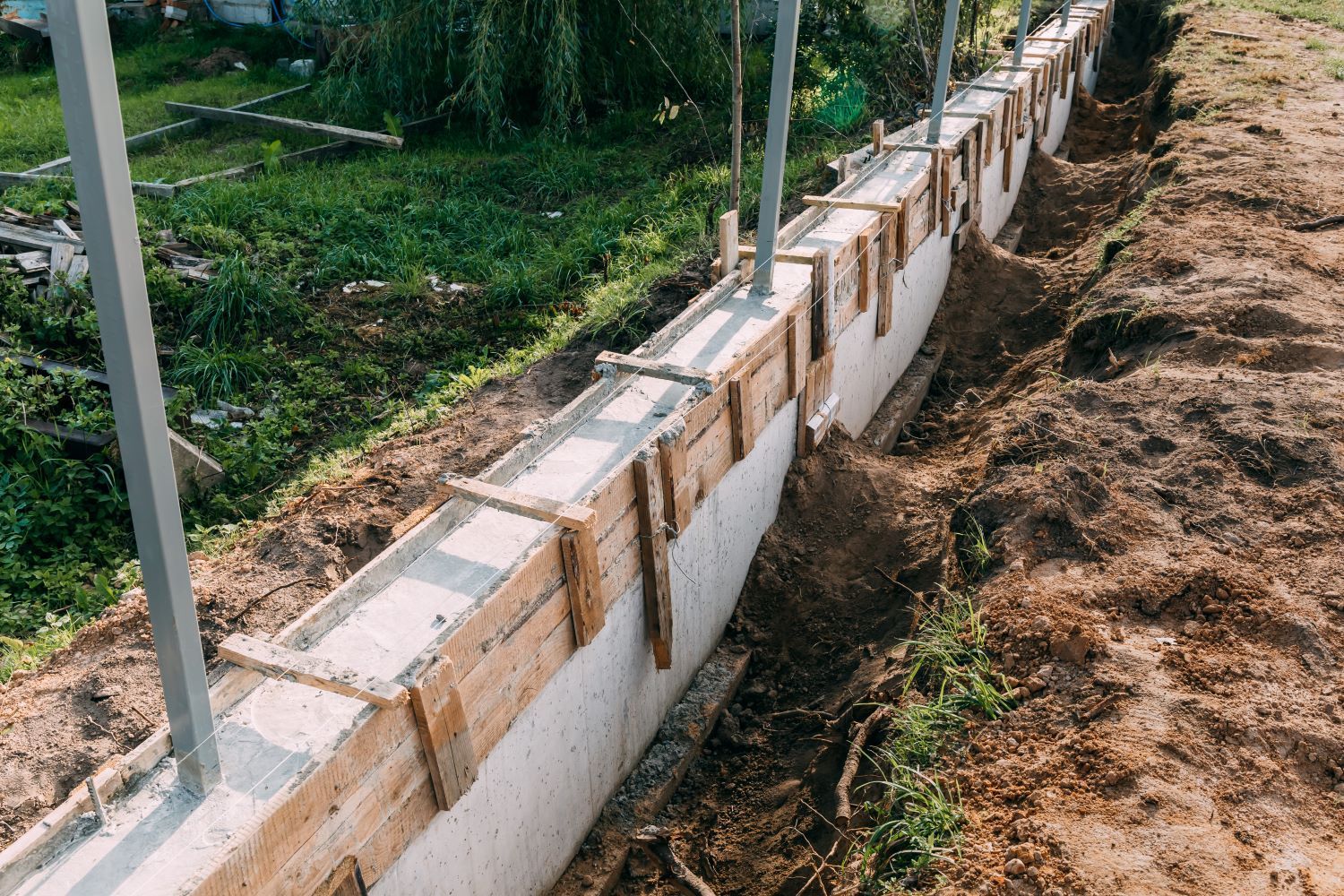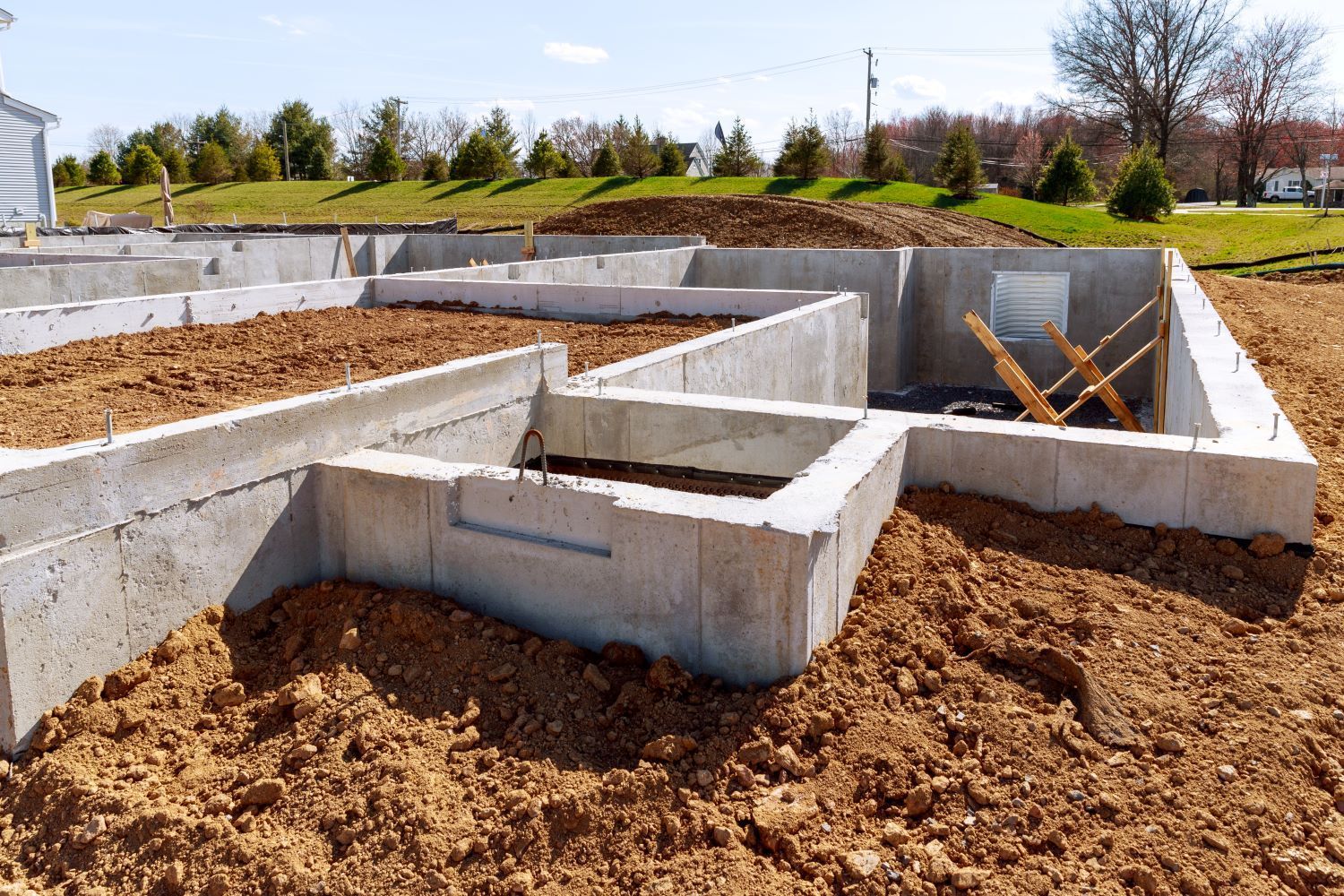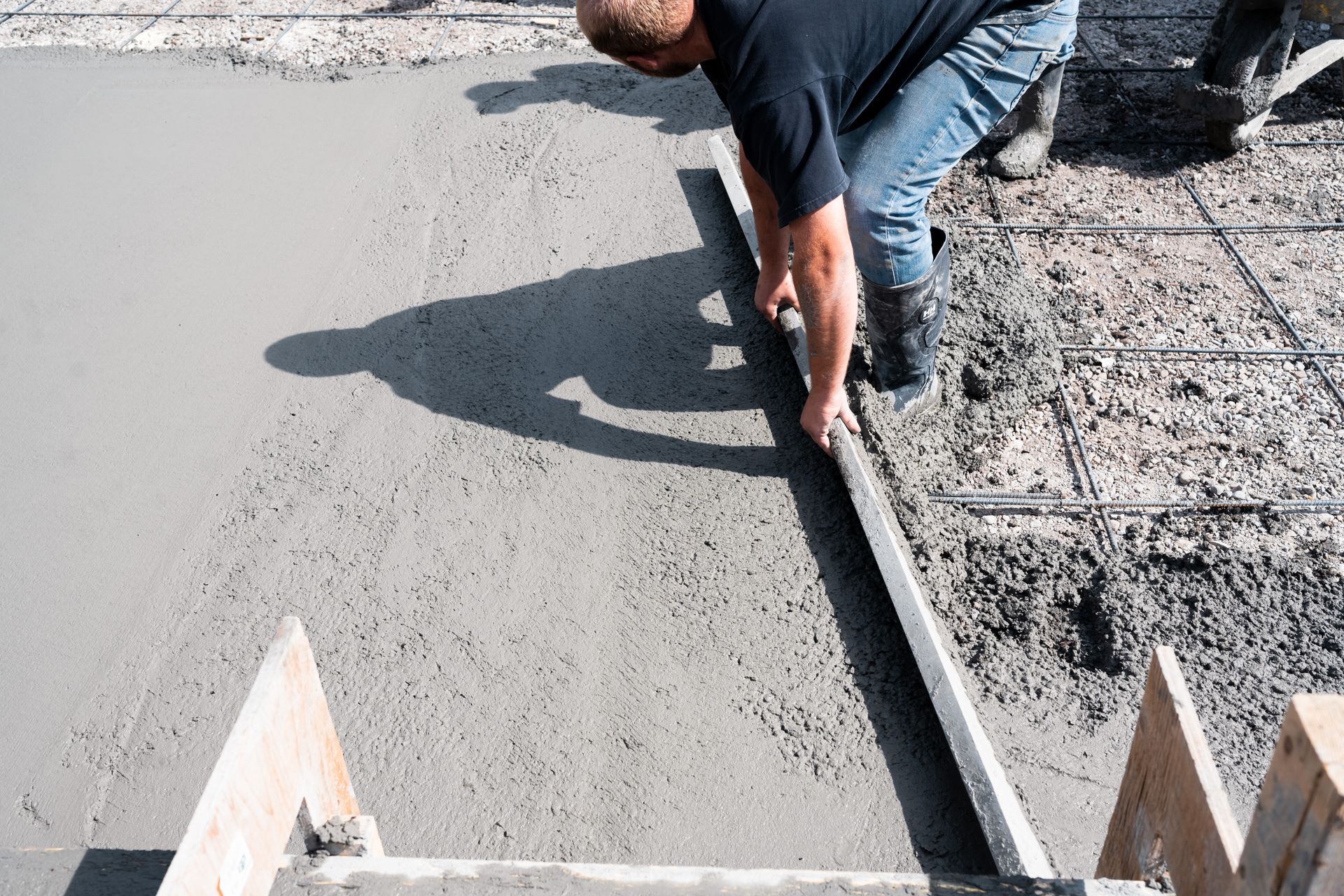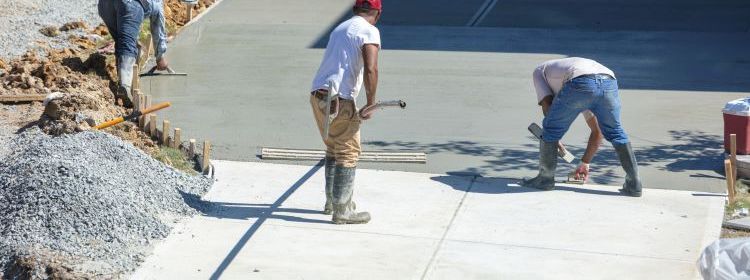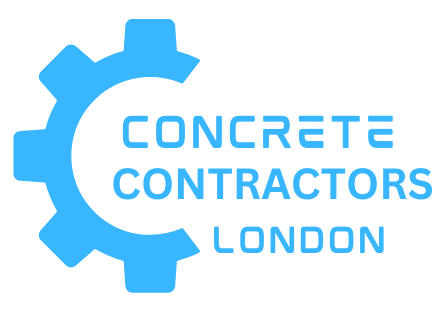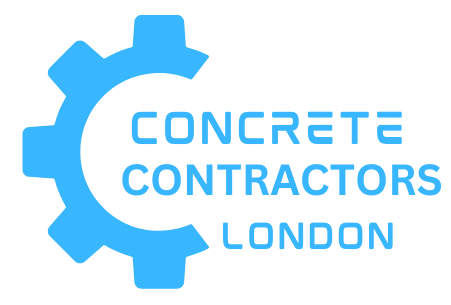The Process Behind Stamped Concrete: From Installation to Finish
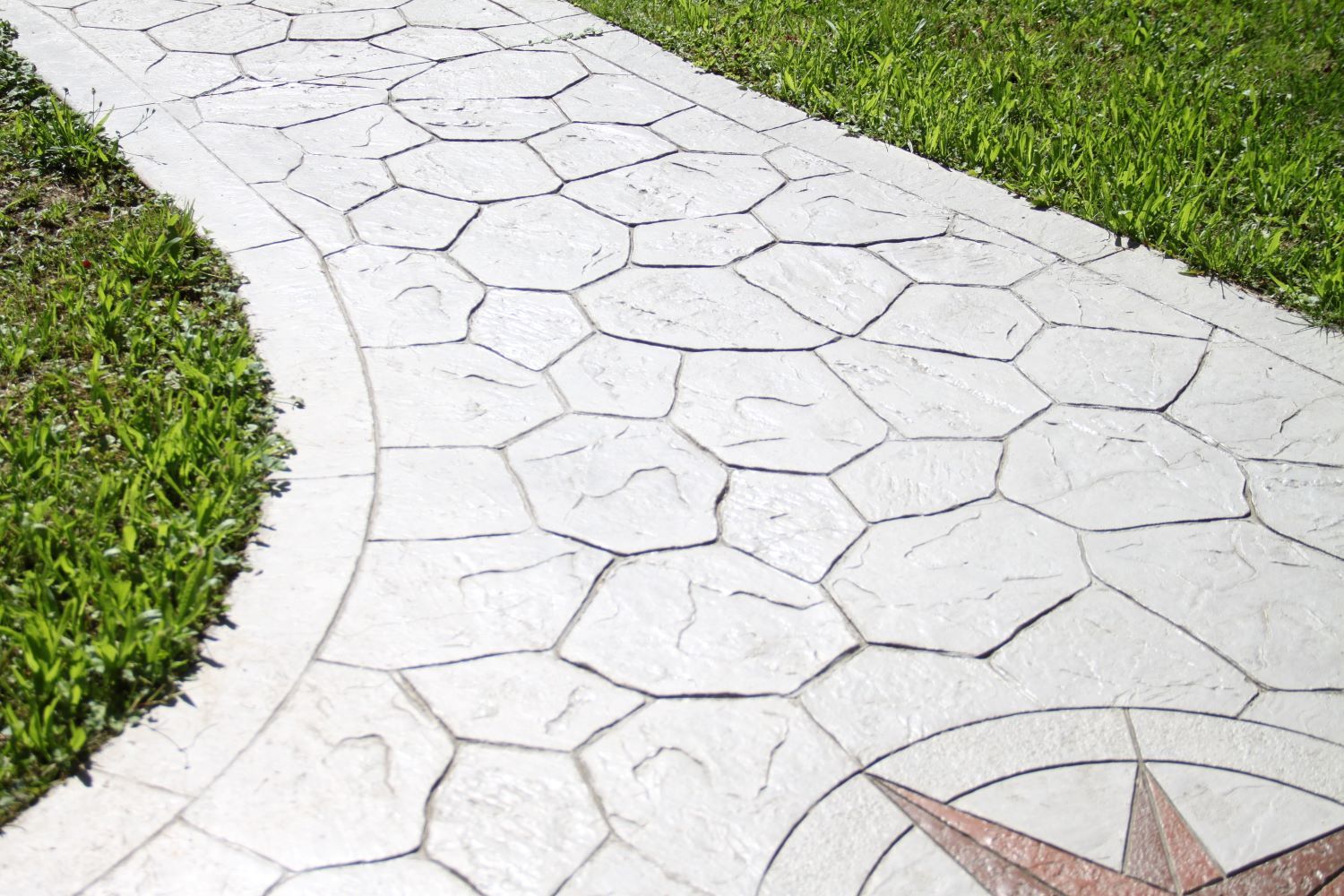
Stamped concrete is a popular choice for homeowners in London, Ontario, looking to enhance their outdoor spaces with beautiful, durable surfaces that mimic the appearance of natural stone, brick, or wood. Whether it’s a patio, driveway, walkway, or pool deck, stamped concrete provides the aesthetic appeal of these high-end materials at a fraction of the cost. At Concrete Contractors London, we specialize in delivering high-quality stamped concrete installations that transform outdoor spaces into stunning focal points.
In this article, we’ll take you through the process behind stamped concrete, from the initial installation to the finishing touches that bring out its rich, textured look.
1. Site Preparation
The first step in any stamped concrete project is proper site preparation. This involves clearing the area of debris, vegetation, and any existing materials that could interfere with the concrete pour. Once the site is clean and level, we establish the forms (borders) for the concrete, which define the shape and layout of the stamped concrete surface.
Proper grading and drainage are also key considerations at this stage. It’s important to ensure that water will run off appropriately without pooling on the surface, as excess moisture can compromise the longevity of the concrete.
2. Pouring the Concrete
Once the site is prepped, the next step is to pour the concrete. We use a concrete mix specially formulated for stamped projects, ensuring that it’s durable and able to withstand the pressure of stamping and heavy traffic over time.
The concrete is poured into the forms and spread evenly, creating a smooth surface. We pay close attention to ensuring the thickness of the concrete is consistent, as uneven surfaces can affect the final appearance of the stamped texture.
3. Adding Color to the Concrete
One of the key elements that makes stamped concrete so visually appealing is the incorporation of color. This can be done in one of two ways: integral color or color hardeners.
- Integral color involves mixing the color directly into the concrete before it’s poured, ensuring an even distribution of color throughout the entire slab. This method offers long-lasting color that won’t fade over time.
- Color hardeners are applied to the surface of the freshly poured concrete. They not only add rich, vibrant color but also help to harden the surface of the concrete, making it more resistant to wear and tear.
For many projects, a combination of integral color and color hardeners is used to create depth and dimension in the final product.
4. Stamping the Concrete
After the concrete is poured and colored, we move on to the stamping phase. This is where the surface takes on the textured patterns that give stamped concrete its unique, high-end look. Stamping involves pressing textured mats or stamps into the concrete while it is still pliable. These mats are designed to replicate the appearance of materials like stone, slate, brick, or even wood.
Timing is critical during the stamping process. The concrete needs to be firm enough to hold the impression of the stamps but soft enough for the texture to imprint without damaging the surface. Once the stamps are pressed in, they create a textured finish that looks remarkably similar to natural stone or brick.
5. Adding Release Agents
Before stamping the concrete, we apply release agents to ensure the stamps don’t stick to the surface. These agents not only prevent the tools from bonding with the concrete but also add another layer of color, creating depth and highlighting the details of the stamped pattern.
Release agents are typically available in contrasting colors to the base concrete, further enhancing the realistic look of the stamped surface. Once the stamping is complete, the release agent can be washed off, revealing the intricate textures and color variations of the stamped concrete.
6. Curing the Concrete
Proper curing is essential to the long-term durability of stamped concrete. After the stamping process is complete, the concrete needs time to cure. During this period, we ensure that the surface remains moist and protected from extreme temperatures, which helps prevent cracking and ensures the concrete hardens evenly.
The curing process can take several days, but it’s a crucial step to ensure the surface is strong and capable of withstanding weather, foot traffic, and vehicle loads over time.
7. Sealing the Concrete
The final step in the stamped concrete process is applying a sealer. This protective layer serves several important functions:
- It enhances the color and appearance of the stamped concrete, giving it a vibrant, finished look.
- It protects the surface from moisture, stains, and the effects of weathering, prolonging the life of the concrete.
- It adds a slight sheen or gloss, depending on the sealer used, which can make the surface look even more like natural stone or brick.
Sealing the concrete is crucial for maintaining its appearance and durability. Over time, you may need to reseal the surface to keep it looking its best.
8. Maintenance Tips for Stamped Concrete
Although stamped concrete is durable, it does require regular maintenance to keep it looking its best. Here are some tips to extend the life of your stamped concrete:
- Clean the surface regularly: Sweep away debris and dirt to prevent surface abrasion, and wash the area with a gentle detergent as needed.
- Reseal the concrete every few years: Depending on the level of traffic and exposure to the elements, you should plan to reseal the surface every 2-3 years to protect it from wear and tear.
- Avoid harsh chemicals: De-icing salts and other harsh chemicals can damage the surface of the stamped concrete. Use caution when applying any products to the surface, especially during winter.
Conclusion
Stamped concrete is a versatile and cost-effective way to enhance your outdoor spaces with the look of natural stone, brick, or wood. By following a meticulous process that includes proper site preparation, stamping, coloring, and sealing, Concrete Contractors London delivers stunning, durable results that stand the test of time.
Whether you’re looking to install a new patio, driveway, or walkway, stamped concrete can elevate the beauty and functionality of your outdoor space. If you're considering stamped concrete for your next project, reach out to us today to learn more about how we can bring your vision to life!
